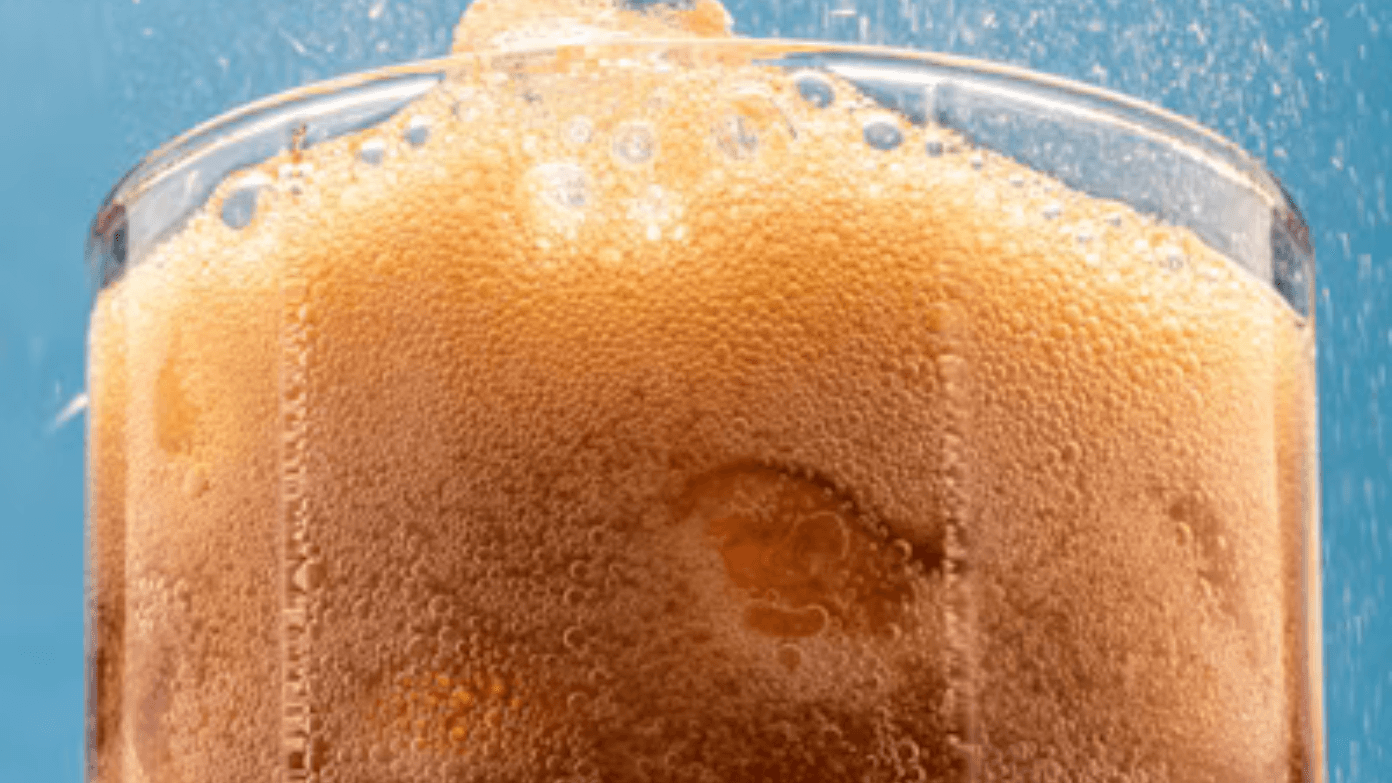Six states will start in 2026 to impose historic restrictions on what Americans can buy with Supplemental Nutrition Assistance Program (SNAP) benefits, the first time in the program’s nearly century-long history that a restriction has been authorized. Such changes are a landmark reversal of federal food-aid policy that will impact millions of low-income families who depend on the benefits to nourish their loved ones.
The six states at the cutting edge of restriction trend
Six states have been authorized by the USDA to waive SNAP food limitations, with each of them applying modified versions of the new purchase bans. Arkansas started its bans on July 1, 2026, and will exclude soda, fruit and vegetable juices with under 50% natural juice content, “unhealthy drinks,” and candy. Nebraska, Indiana, Iowa, Idaho, and Utah will start their bans on January 1, 2026.
Nebraska was the first to be ratified, limiting soda and energy drink sales as also said in this article, Bad news for Food Stamps – These are the U.S. states that want to ban SNAP Payment recipients from buying soda and candy. Indiana and Idaho prohibited both soft drinks and sweets, and Utah prohibits soft drinks alone. Iowa has enforced the strongest prohibition, banning “all taxable food items as defined by the Iowa Department of Revenue except food producing plants and seeds for food producing plants” like candy, soft drinks, and fruit drinks that contain less than 50% fruit or vegetable juice content.
Scope and impact on American families
These thresholds will impact an additional 540,000 recipients of SNAP in Arkansas, Idaho, and Utah alone. With nearly 41 million Americans on SNAP benefits currently—about 12.3% of the entire U.S. population—the potential widening of these thresholds could impact millions more. The mean benefit of SNAP per individual is a bit more than $6.16 per day, so each dollar of buying power matters to recipients.
The Make America Healthy Again initiative
Historic signing of waivers is an embodiment of the Trump campaign’s “Make America Healthy Again” under Agriculture Secretary Brooke L. Rollins and Health and Human Services Secretary Robert F. Kennedy Jr. Kennedy has been loudest, calling for taxpayer money “never to subsidize products that drive the chronic disease epidemic.”
“I am calling on all the governors in the nation to ask for a SNAP waiver to remove sugar drinks from the menu—taxpayer dollars should never be spent subsidizing foods fueling the chronic disease epidemic,” Kennedy said at a signing ceremony. Secretary Rollins has also emphasized the health rationale, saying that “every waiver submitted by the states and signed us one step closer to keeping President Trump’s promise to Make America Healthy Again.”
Other states yearning for same bans
The movement well exceeds the original six states. Twelve additional states also wish waivers to limit SNAP buys, with some other states having made official requests to the USDA waiting to be authorized. Some of those are Colorado, Louisiana, Montana, Texas, and West Virginia. Alabama also brought forward legislation that suggested similar bans.
Political opposition has been encountered by some states as well. Kansas and Arizona brought forth bills to limit SNAP funds for some food, but both were vetoed by the states’ respective governors. Kansas Governor Laura Kelly first signed a waiver but then backtracked, stating that SNAP limitation would have an unfavorable impact on businesses and that the allowable food definition was “nonsensical.”
Health reasons and figures
The authors of the restrictions refer to dire public health data to make a case for the reforms. Arkansas Governor Sarah Huckabee Sanders approximates that about 23 percent of the SNAP purchases, worth around $27 billion per annum, are being applied to buy soft drinks, unwholesome food, candy, and desserts. The USDA report discovers sweetened drinks were the second most bought under all SNAP benefits by a major chain supermarket.
The rationale behind health is to fight diet-related diseases. Research substantiates that kids who drink lots of soda have higher tendencies of behavioral disorders and difficulty concentrating, while excessive consumption of sugar can cause type 2 diabetes, cavities, cardiovascular disease, and lower bone density. According to the CDC, children drink 17 teaspoons of added sugars on average daily, far from the USDA maximum of 12 teaspoons.

